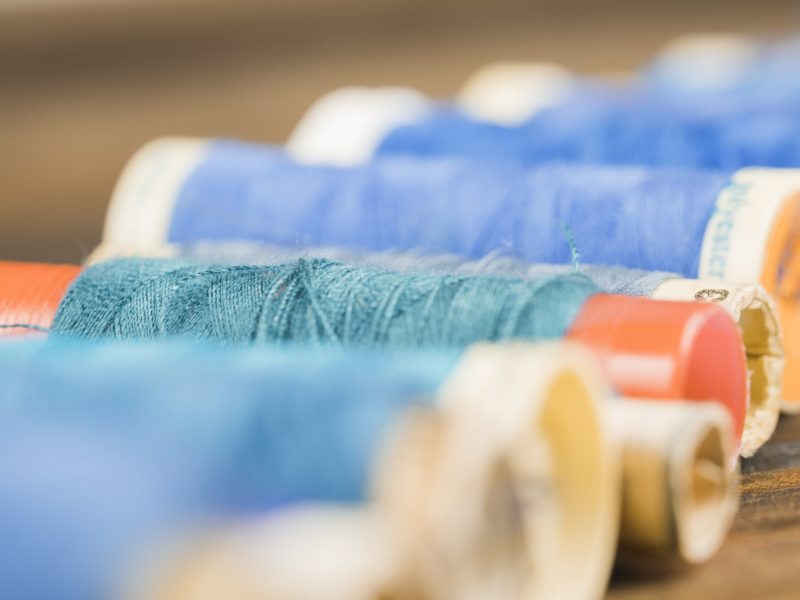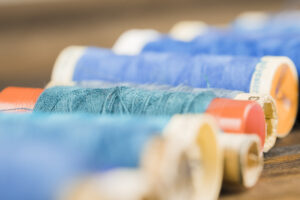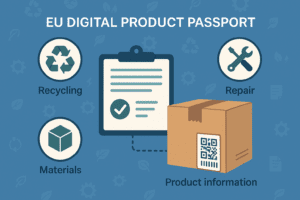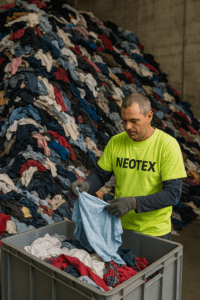The textile industry is one of the largest and most influential sectors in the global economy. However, it also carries a heavy environmental toll, affecting everything from water resources to the energy used in production. In this blog post, we’ll explore the environmental impact of textile production, the role of raw materials, and the enormous waste the industry generates. By understanding these impacts, we can work toward more sustainable practices and solutions.
1. The Environmental Cost of Textile Production
Textile production involves several stages, each contributing to environmental degradation:
- Raw Material Extraction: The textile industry relies heavily on natural resources such as cotton, wool, and petroleum-based synthetic fibers. Cotton farming, for example, accounts for 2.5% of the world’s arable land but uses 24% of the world’s insecticides and 11% of pesticides. This heavy use of chemicals can lead to soil degradation, water pollution, and harm to local ecosystems.
- Energy-Intensive Processes: The manufacturing of fabrics requires vast amounts of energy. For instance, polyester, a synthetic fiber made from petroleum, takes significantly more energy to produce than natural fibers like cotton or wool. The dyeing process is also highly energy-intensive and contributes to water contamination due to the toxic chemicals used in dyes.
2. Water Use and Pollution
The textile industry is one of the largest water consumers globally. Cotton farming alone requires large amounts of water for irrigation, especially in areas with water scarcity. It takes approximately 2,700 liters of water to produce a single cotton t-shirt. When it comes to textile production, dyeing and finishing fabrics also require millions of liters of water, much of which is contaminated with toxic chemicals, heavy metals, and dyes.
The result? Water sources in many textile-producing countries become heavily polluted, impacting both local communities and wildlife. The polluted water used in the dyeing process often ends up in rivers, contaminating drinking water supplies and causing irreparable damage to ecosystems.
3. Waste and Disposal: The Fast Fashion Problem
The rise of fast fashion has led to an increase in textile waste. Consumers are buying more clothes than ever before, often wearing them only a handful of times before discarding them. This trend is partly due to the low cost of fast fashion, which encourages mass production and mass consumption.
Each year, approximately 92 million tons of textile waste are produced globally. Of this, a significant portion ends up in landfills or incinerators, where it contributes to soil and water pollution. Even though many textiles can be recycled, the reality is that only a small percentage of these materials are repurposed. The rest either take years to decompose or release harmful chemicals when burned.
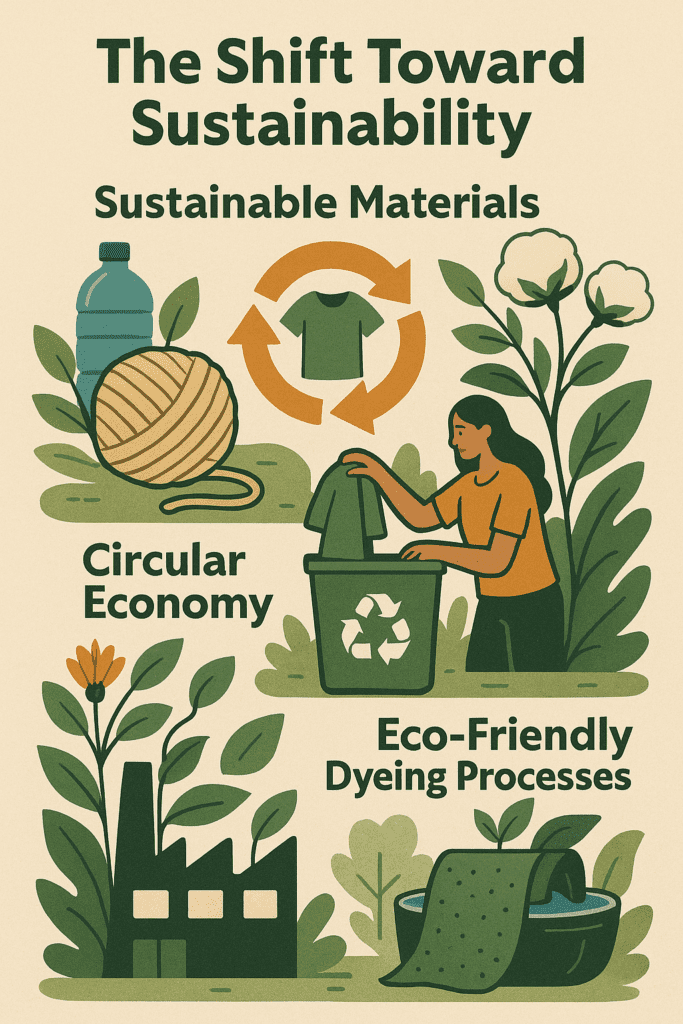
4. The Shift Toward Sustainability
The growing awareness of the textile industry’s environmental impact has led to a push for more sustainable practices. Several innovative solutions are emerging:
- Sustainable Materials: More companies are turning to organic cotton, recycled fibers, and plant-based materials to reduce the environmental impact of textile production. Recycled polyester, for example, is made from post-consumer plastic bottles and is becoming more widely used in the fashion industry.
- Circular Economy: Companies are working to create a circular economy for textiles, focusing on reuse, repair, and recycling. Instead of sending used garments to landfills, these items are being collected, sorted, and repurposed into new textiles.
- Eco-Friendly Dyeing Processes: New technologies are being developed that use less water, energy, and toxic chemicals in the dyeing process. Companies are also exploring plant-based dyes, which are less harmful to both the environment and human health.
5. What Can Consumers Do?
As consumers, we also play a key role in reducing the textile industry’s environmental footprint. Here are a few actions we can take:
- Buy Less, Choose Wisely: Rather than buying clothes based on trends, focus on purchasing high-quality items that will last longer.
- Recycle and Donate: Instead of throwing away old clothes, donate them to charity, or recycle them at designated textile recycling centers.
- Support Sustainable Brands: Look for clothing brands that prioritize sustainability, use eco-friendly materials, and practice responsible production.

